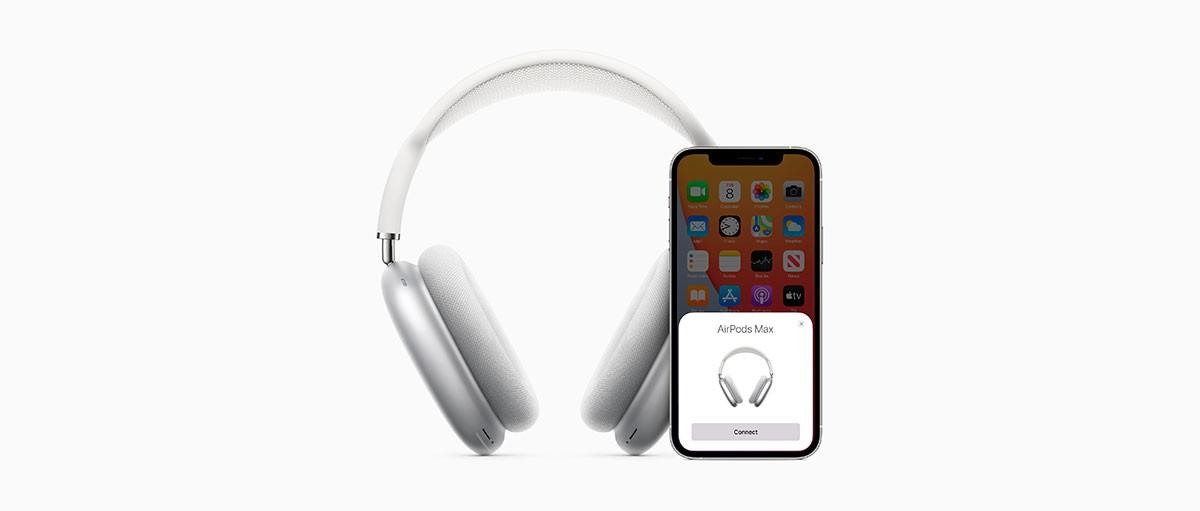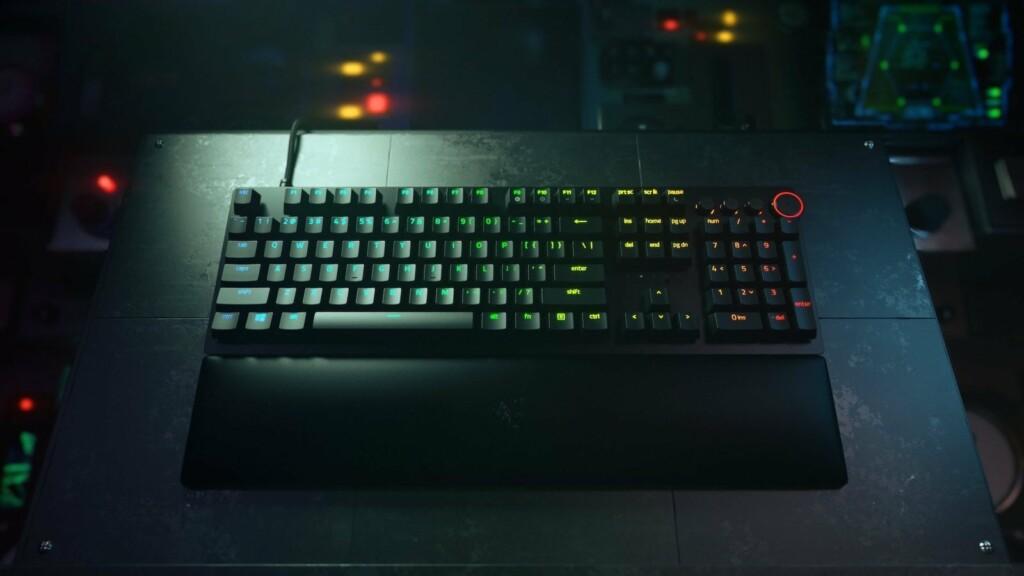Let’s cut to the chase: can a pair of wireless headphones really be worth £549? Ultimately that’s the question facing anyone considering a pair of Apple’s AirPods Max. The answer is, and I say this somewhat reluctantly, yes, the Airpods Max justify the price tag, but only if you’re already wedded to the Apple tech family.
It’s not an answer I expect to give. £549 is PlayStation 5 money; it’s package holiday abroad money. However, after a month’s use, mostly working from home, the Airpods Max have barely left my head, such is the comfort, audio prowess and ease of use of Apple’s new headphones. I’ve exhausted my music library, sought out new albums and even started watching movies on my iPad.
Apple’s setup for a new product is, as usual, frictionless. Turn the AirPods on next to an iPhone and the two will pair and register the headphones to any other owned Apple devices. Once complete, the AirPods automatically play audio from which ever Apple device you use. It’s effortless. I can hang up a video call on my laptop and hit play on my iPhone and go back to listening to my music there.
It’s a small touch, but any other Bluetooth headset makes this process a headache, asking you to disconnect and connect your Bluetooth device anew every time you switch devices. If you’ve ever stuck your laptop in your bag and forgotten to unpair it from your earphones, you’ll know what I mean. Sure it’s a minor, first-world problem, but I can’t overstate how this simple change means I use these headphones so much more.
Unlike most headphones, there’s no touch controls on the cans. Instead you can turn up the volume, pause the music and skip tracks via the ‘digital crown’. The other button here controls transparency mode and noise-cancelling.
Transparency mode is designed for those brave enough to leave the house with over £500 sat on their head: with this turned on, the headphones allow some outside noise to enter so you’re not totally clueless about what’s going on around you. Push the button and the headphones go into noise-cancelling mode, a godsend in a small apartment with two working adults – it’s so good it can shut out conversations happening metres away.
The earphones are a world apart from the build of most wireless headphones which feel creaky and toy-like in comparison to Apple’s traditional machined aluminium finish. The mesh textile on the headband and ear cups, as well as the memory foam inside, distribute the pressure across the surface of your skin such a way that you can wear the headphones for hours on end without discomfort, even with glasses on. The mesh is also far more breathable than the leather you traditionally find on headphones.
The extendable arms are strong and stiff, staying in place once you’ve adjusted each arm and, as a famed destroyer-of-headphones, it’s hard to see potential frailty. It’s only
the price tag that’s stopping me from chucking them in the bottom of the backpack.
The ear cushions, which look like they might weather with age (often the first element to show signs of wear on a pair of headphones), are replaceable. They’re £75 for a pair and snap in and out magnetically, so it’s an easy swap.
The only let down in the design department is the “case”. Perhaps it’s a statement about how durable the headphones are that they only need a thin sheath to protect the aluminium from scuffs. Ultimately though, I think I’d wrap the headphones up in a scarf if they leave the house.
An Apple H1 chip – a specialised audio processor chip built from the ground up by Apple – powers each earcup separately. While delivering sound to each ear, each chip listens in to what’s going on inside the earcup via eight microphones dotted in and around the headphones.




